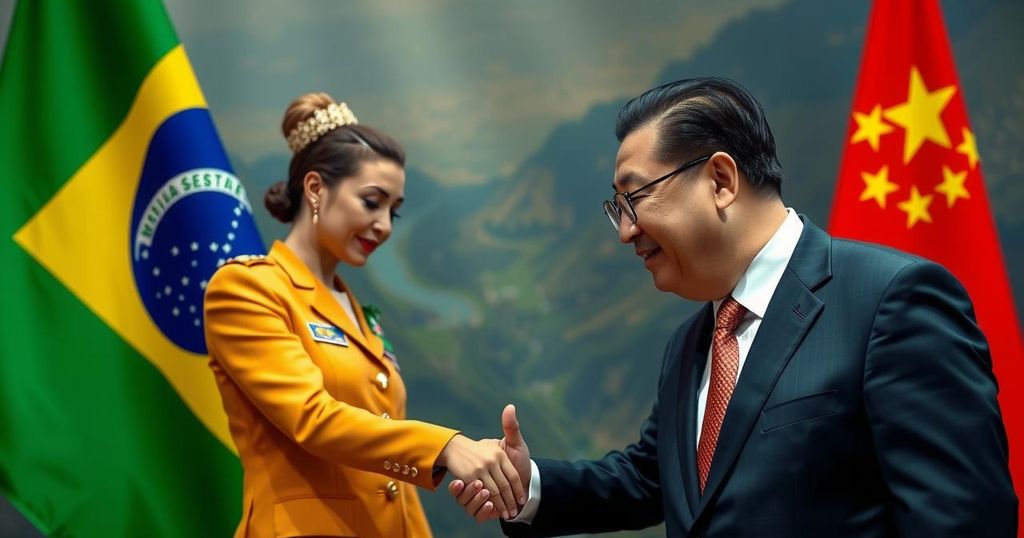China Strengthens India Relations to Alleviate US Trade Pressures Under Trump
China aims to improve ties with India to mitigate pressures from the Trump administration, as highlighted by USISPF president Mukesh Aghi. Agreements on border patrolling and visa issuance reflect this strategic shift. India is poised to be integral in Trump’s ‘America First’ policy, assisting U.S. manufacturing transitions while harmonizing with its own Atmanirbhar Bharat initiative. Corporate America welcomes these developments under the new administration.
On November 20, a prominent leader of the US-India business community indicated that China is seeking to strengthen its relations with India in light of the pressures anticipated from the incoming Trump administration. Mukesh Aghi, president of the US-India Strategic and Partnership Forum (USISPF), noted that President Trump’s election campaign had already created expectations of heightened tariffs on Chinese imports, motivating China to seek closer ties with India. Aghi explained that the Trump administration’s likely approach necessitates China to alleviate tensions, especially with India, as seen in recent agreements regarding border patrolling and facilitating direct flights. These developments reveal a strategic shift, with the Chinese evaluating their position in anticipation of a challenging relationship with the U.S. under Trump. According to Aghi, India might assume a crucial role in Trump’s ‘America First’ policy by serving as a secure sourcing ally as the U.S. plans to relocate manufacturing from China. He stressed that while the tariffs intended to exodus manufacturing from China may not yield immediate results, India’s manufacturing capabilities could effectively become integral to the global supply chain, thereby enhancing geopolitical stability. Furthermore, Aghi posited that India’s manufacturing capabilities could harmonize with the Atmanirbhar Bharat initiative, emphasizing the mutual benefits of supporting U.S. job creation without compromising India’s own economic strategies. He highlighted the significance of the strategic alignment between India and the U.S., especially amidst shared concerns regarding China. Aghi also characterized the corporate sentiment in America post-election as positive, suggesting that the business community expects favorable tax policies and economic growth under Trump, which would enhance profitability and support business expansion. He did point out, however, that the evolution of the India-U.S. relationship hinges on more than just administration changes, as it also incorporates broader geopolitical dynamics, trade relations, and the shared values between the nations.
The context of this discussion involves the ongoing geopolitical dynamics between China, India, and the United States, particularly with the anticipated policy changes from the Trump administration. The mention of tariff proposals during Trump’s presidential campaign, especially towards China, signifies a shift in U.S. trade policy that directly influences international relations in the region. The strategic responses from both China and India indicate a realignment based on economic necessity and geopolitical pressures. This reassessment of partnerships is pivotal in understanding the implications of U.S. foreign policy decisions on regional stability.
In conclusion, the strategic efforts by China to improve relations with India amid anticipated U.S. trade pressures under the Trump administration reveal the complexity of geopolitical dynamics in the region. As both nations navigate their respective economic strategies, the potential for India to play a critical role in supporting U.S. manufacturing initiatives underscores the importance of alignment and cooperation in an evolving global landscape. The positive sentiment among corporate America adds another layer of significance to the unfolding economic relationships.
Original Source: www.livemint.com








Post Comment